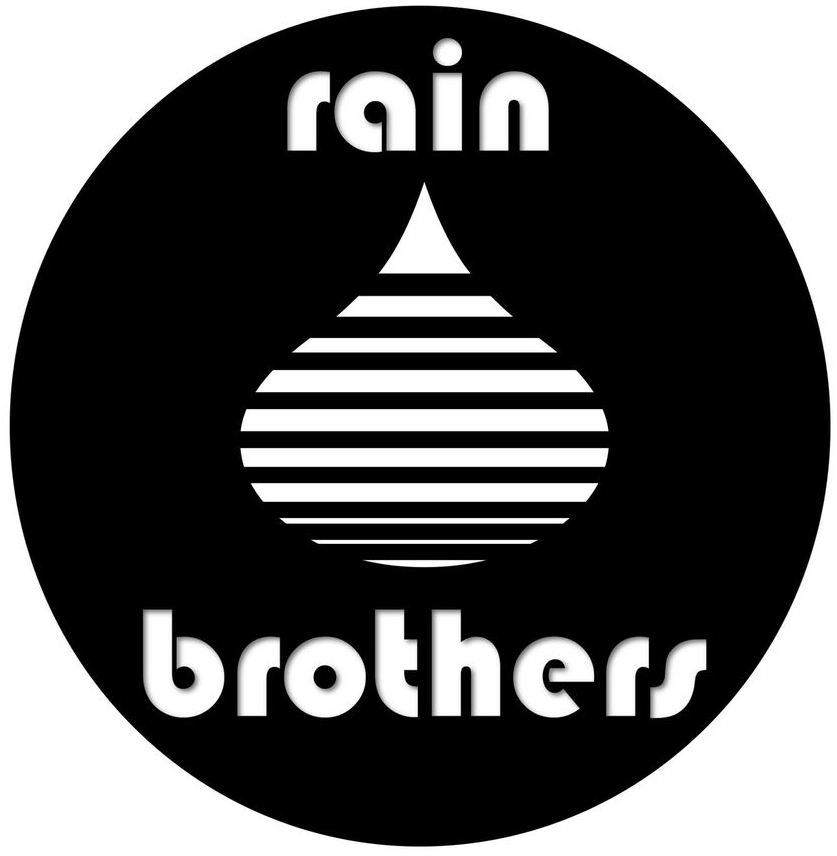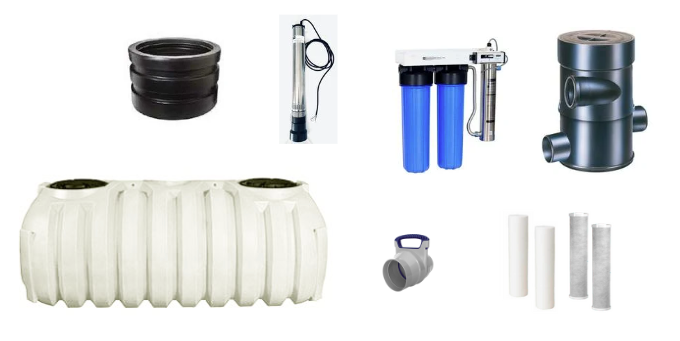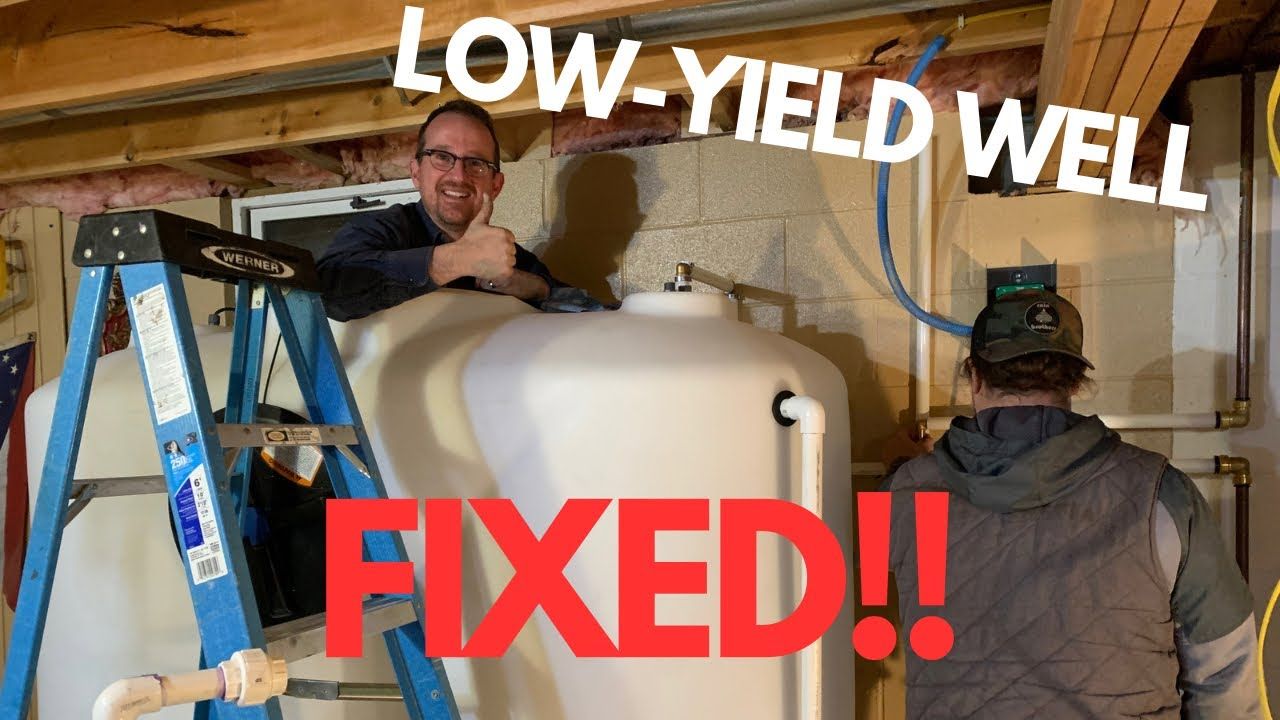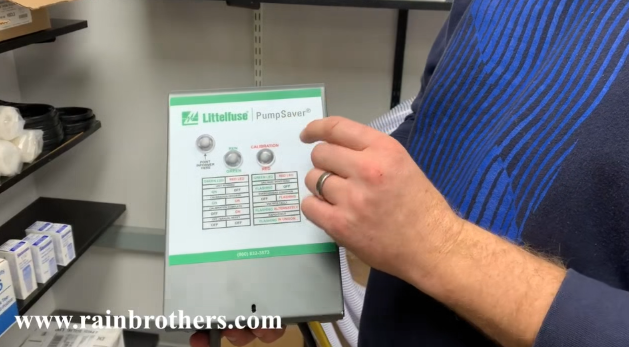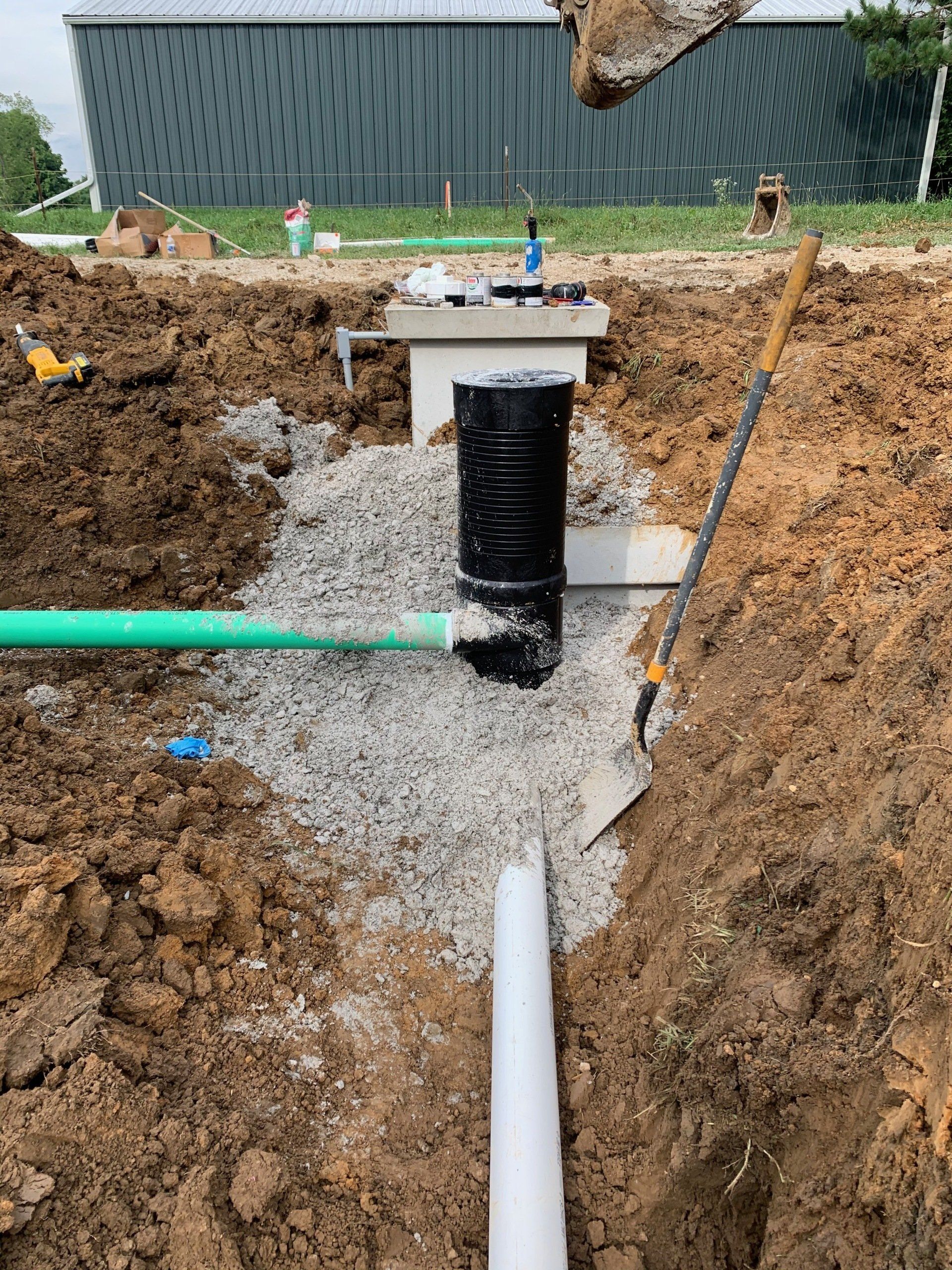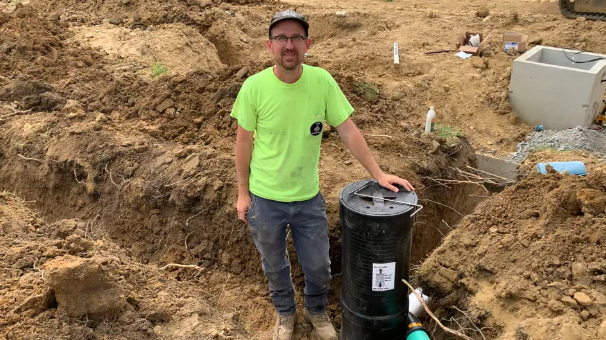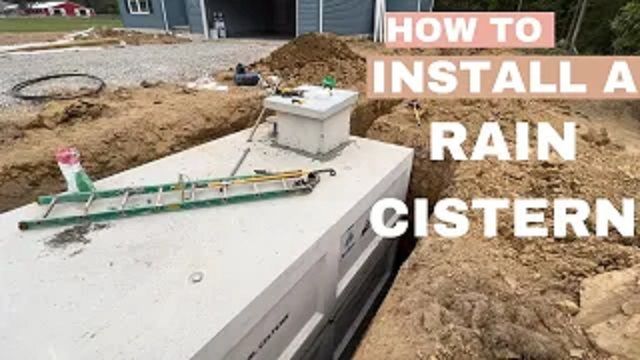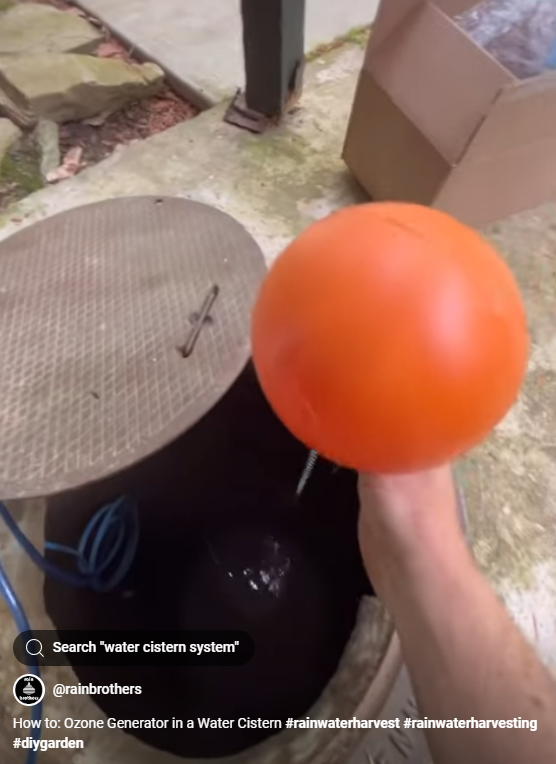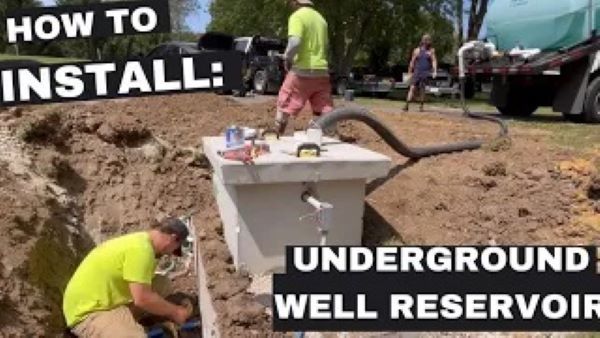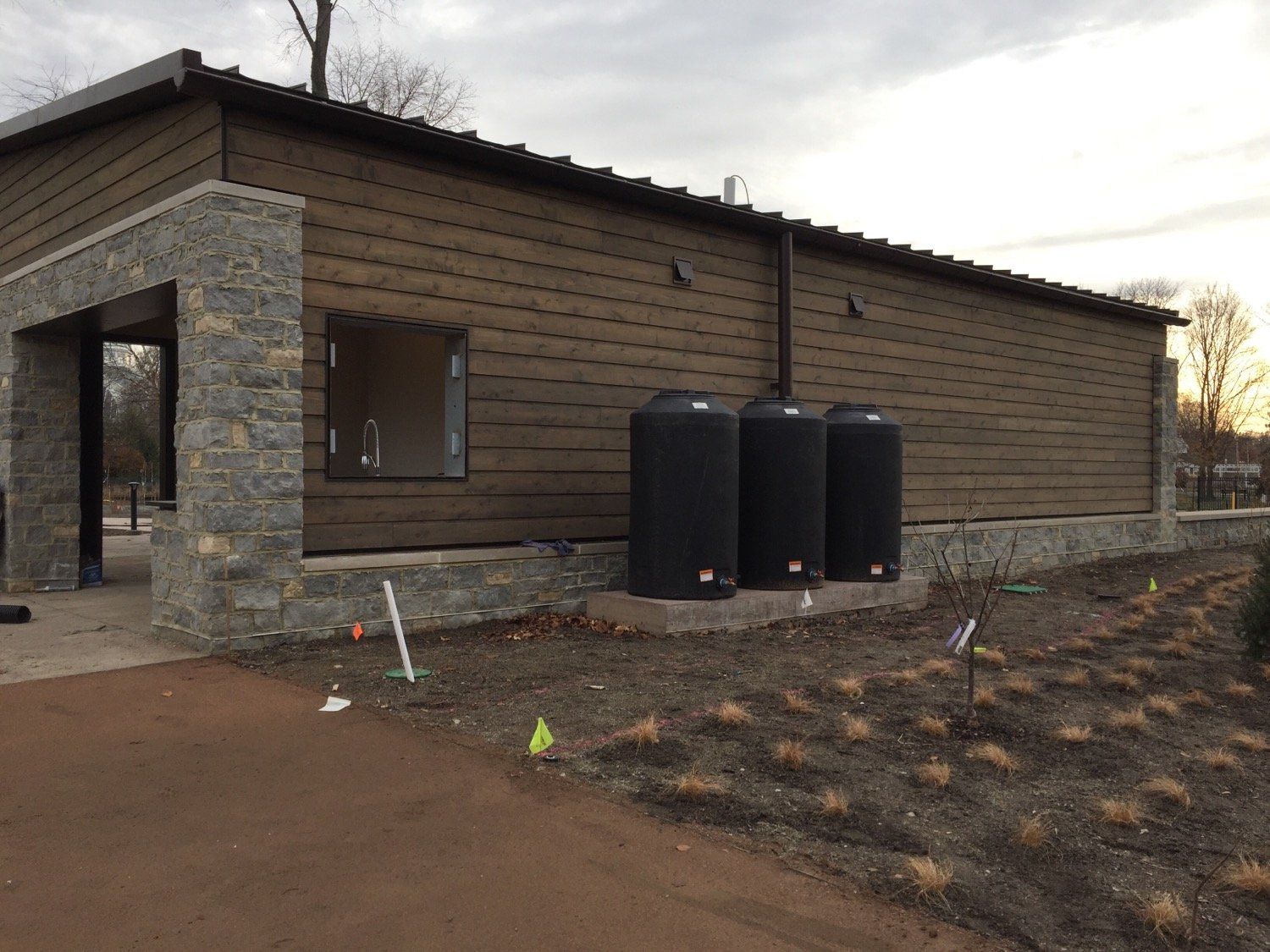Installing a Cistern: What to Expect
If you’re thinking aboutinstalling a cistern -- congratulations! You’re taking an important step towardconservation and budget reduction in your household. A cistern does both;harvesting rainwater makes use of a free natural resource, which conservesgroundwater. But it also saves money on your utility bills or even delays thecost of digging a new well. You can capture rainwater and use it anytime,during periods of drought or to water the garden throughout the year.
This post looks at the types of cisterns and what to expect during the installation process.
Types of Cisterns
Cisterns are tanks that are designed to store rainwater. Typically the rainwater is captured off a roof and stored in a sealed container either beside the home or business or sometimes buried underground.
If you’re having trouble understanding the concept, just think about a rain barrel with a much, much bigger capacity. In most cases, the goal of the cistern is to capture supplemental water to add to your primary water supply.
Cisterns are big, sealed tanks that hold rainwater. The capacity can range from 100 gallons to several thousand and can capture water from one or all of the gutters and downspouts on a building. There are really five primary characteristics to a cistern:
- 1.It’s watertight
- 2.It has a watertight lid
- 3.It has a smooth interior
- 4.It connects to downspouts
- 5.It has a way of moving the water where you need it
Cisterns are made from heavy plastics or other non-reactive materials. Some of the largest cisterns are buried underground and made from reinforced concrete, but cisterns can be made of galvanized steel, too.
It’s important to note that the water collected in a cistern is non-potable, which means it’s unsuitable for drinking unless it’s filtered and sterilized. That’s because the rainwater captures particulates from a roof and it has a high level of pollutants and bacteria.
What is Cistern Installation Like?
The answer to this question depends upon several factors. First, is the cistern above ground or below ground? A below ground cistern requires excavation, irrigation lines, and pumping equipment. There may be grading and digging equipment required. A permit may be required, depending upon local ordinances. The cost and time it takes to install an underground tank vary depending upon a variety of factors. Some of the factors to consider include:
- Will the tank be build from scratch or will a plastic tank be used?
- How big will it be?
- Where will the stored water need to be pumped?
- Will rainwater filtration be added to the project?
- How should we handle any potential water overflows?
- Will the cistern be connected to drip or other irrigation?
For an above ground tank, there are all kinds of options to consider, including how large and if it will be gravity-fed or will require a pump. It the tank is over 500 gallons, it’s advisable to set up a concrete pad or compacted gravel foundation to hold it safely. For smaller tanks, we can custom-build a secure, efficient platform.
